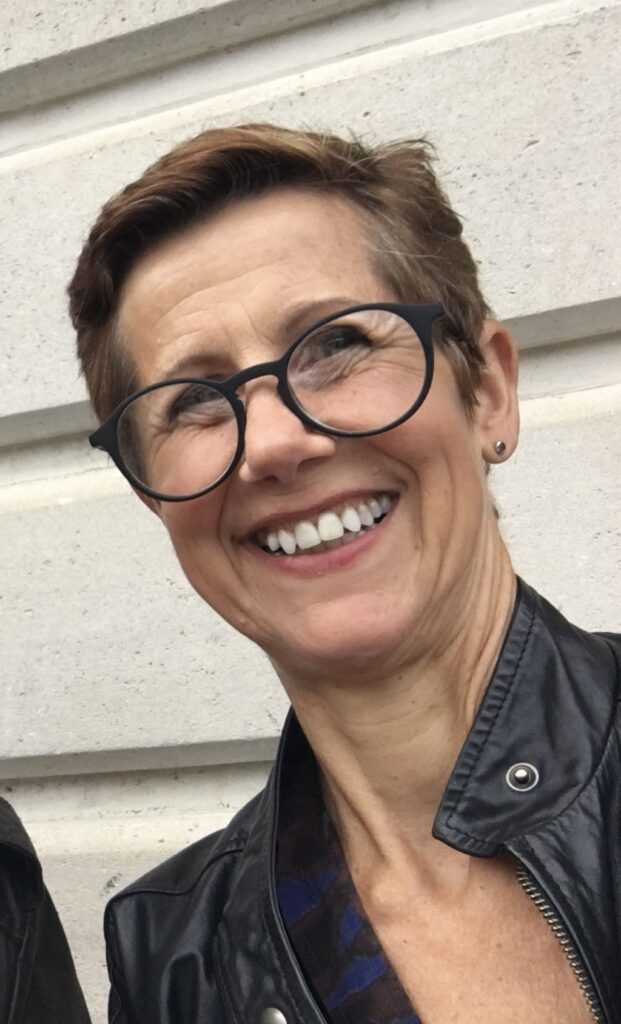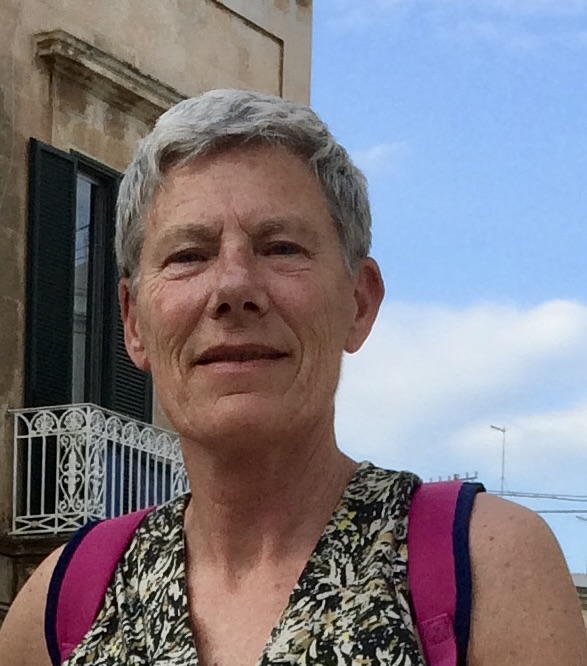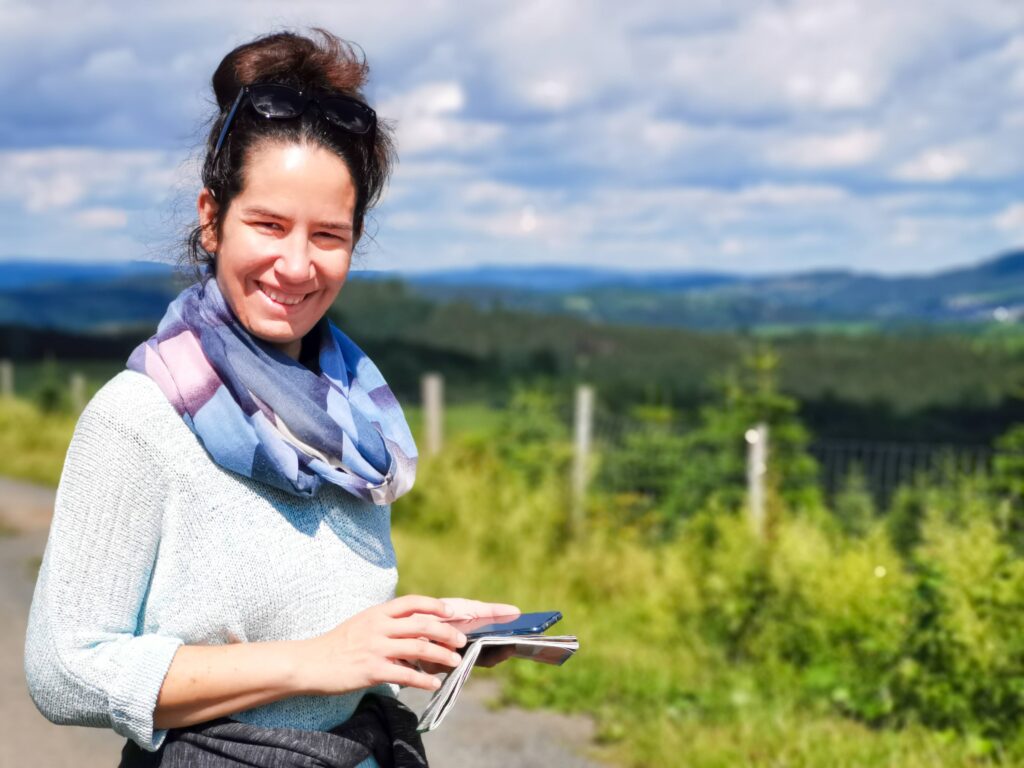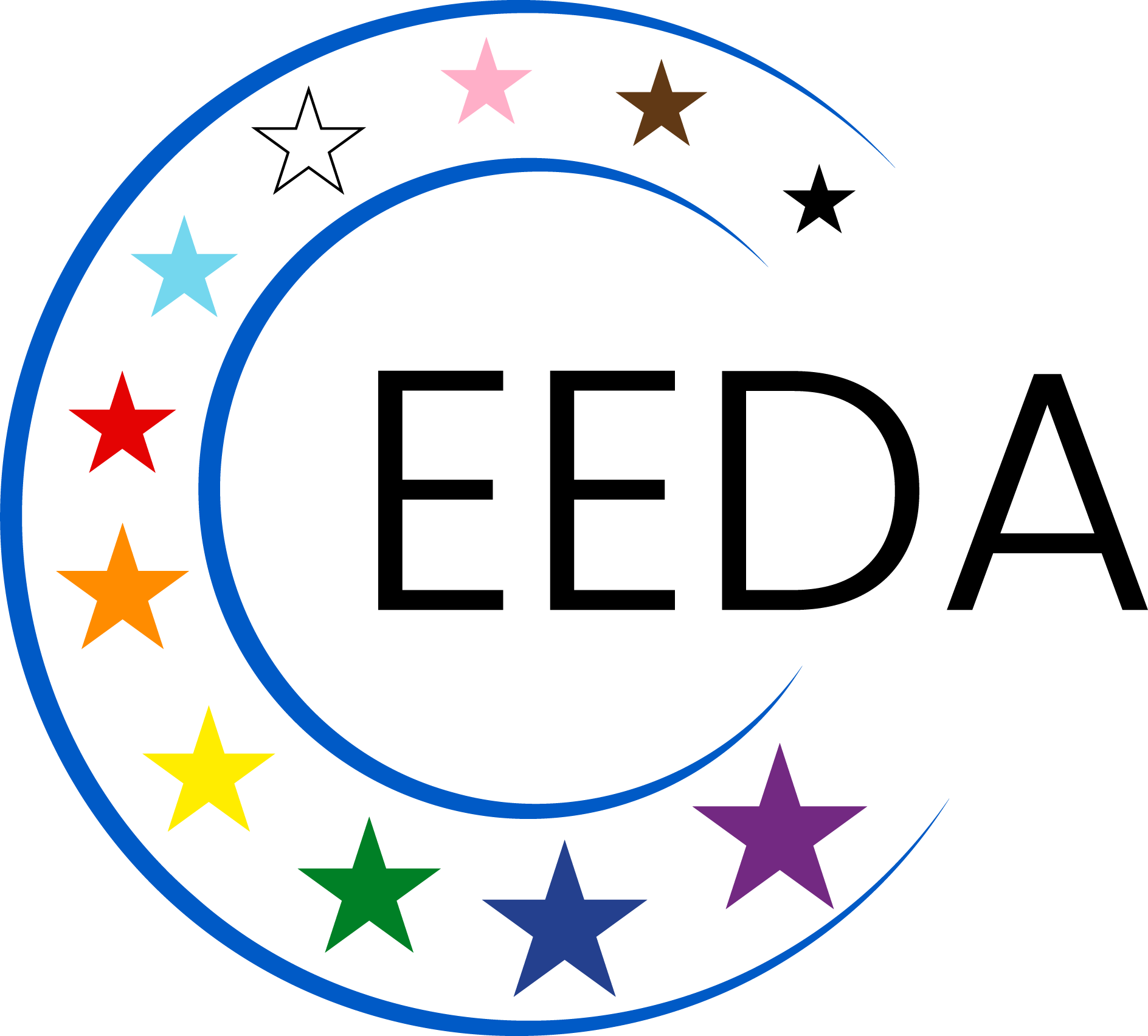About us
EEDA Mission Statement
EEDA is the European Equality Dance Association.
The EEDA Constitution defines equality dancing as partner dancing in which dancers can dance with whomever they like, and in whichever role (leader or follower) they like, regardless of sex, gender identity, or sexual orientation.
EEDA will treat everyone with the same courtesy and respect regardless of their actual or perceived sex, gender identity skin colour, ethnic or national origins, sexual or political orientation, religion, nationality, language, disability, or any other characteristic.
EEDA will respect differences as they occur between organisations, concerning nationality,language, political orientation, liaisons with other dance (sport) or sport organisations or organisations for LGBTQIA+ emancipation.
EEDA acknowledges that the base of Equality dance and Equality dance sport are the expression of lesbian, gay, bisexual,transgender, queer, inter and asexual identities and relationships. This will beconsidered as part of any decisions, guidelines and developments for the future.
The Mission and Goals of ESSDA are:
- To encourage a thriving Equality ballroom and latin dance sport environment, including the grassroots dance community that supports competitive dance sport
- To work towards events and tournaments being a safe space for all, especially LGBTQIA+ people.
- To develop and maintain a level of quality and attractiveness of competitions to dancers and audiences and to encourage the use of guidelines for equality dance competitions.
- To encourage the use of these guidelines as standards, specifically at, but not limited to, the ballroom and latin dance events at the Eurogames.
- To provide a forum for communication, support, coordination and development for our members and other people and organisations interested in Equality dance sport.
- To work towards a climate in dancing and dance sport where people can express who they are,regardless of sexual orientation, skin colour, ethnic or national origins, religion, nationality, sex, genderidentity, disability or any other characteristic.
- To promote the use of inclusive language, in the context of Equality dancing.
- To support other individuals and organisations with similar goals.
Foundation:
The European Same-Sex Dance Association (ESSDA) was founded in London on 18th February 2007. At its AGM on 18th August 2024, the members of the European Same-Sex Dance Association agreed changes to the association’s constitution to increase equity, diversity and inclusion within the organisation. As part of this, the association’s name was changed to the European Equality Dance Association (EEDA).
The original founding notes are below (ESSDA Press Release 02/03/2007):
Mere end 50 medlemmer fra 8 europæiske lande stiftede søndag den 18. februar 2007 i London den europæiske organisation for same sex dans, European Same Sex Dance Association (ESSDA). Efter mere end 10 år med dansekonkurrencer for par af samme køn er der nu skabt en international paraplyorganisation for denne sportsgren.
Siden 1995 har same sex dans været repræsenteret som sportsgren ved Eurogames, Gay Games og World Outgames, og der arrangeres flere og flere internationale turneringer rundt om i Europa. I same sex danseverdenen (blandt par af samme køn, dommere, trænere og konkurrencearrangører) er der derfor nu et udtalt behov for en europæisk organisation.
ESSDA’s mål er at være med til at fremme og udvikle konkurrencedans for par af samme køn. ESSDA vil i en tolerant og inkluderende ånd etablere rammer for international kommunikation og organisation samt sikre, at konkurrencer holder en konsekvent høj standard. I de kommende måneder vil de ni medlemmer af bestyrelsen sammen med organisationens øvrige medlemmer arbejde med de grundlæggende strukturer for ESSDA og med udviklingen af organisationens nye website, www.essda-eu.preview-domain.com.
Op zondag 18 februari 2007 is in Londen door meer dan 50 leden uit 8 Europese landen de European Same-Sex Dance Association (ESSDA) opgericht. Nadat al meer dan tien jaar internationaal wedstrijden voor same-sex dansparen worden georganiseerd, is er nu een internationale koepelorganisatie voor deze discipline.
Sinds 1995 worden wedstrijden ballroomdans voor same-sex paren geprogrammeerd bij EuroGames, Gay Games en World Outgames. Organisatoren uit geheel Europa organiseren daarnaast een toenemend aantal competities met internationale deelname. De same-sex dansgemeenschap (mannendansparen en vrouwendansparen, juryleden, docenten, wedstrijdorganisatoren) onderkent de reeds langer bestaande behoefte voor een dergelijke Europese organisatie.
Het doel van de ESSDA is het same-sex (wedstrijd)dansen te promoten en verder te ontwikkelen. In een geest van saamhorigheid en tolerantie wil ESSDA bouwen aan internationale communicatiestructuren en bijdragen aan kwalitatief hoogstaande wedstrijden. In de komende maanden zullen de negen benoemde bestuursleden van ESSDA, in samenwerking met tal van overige leden, verder vormgeven aan de basisstructuur van ESSDA, waaronder het ontwikkelen van de website www.essda-eu.preview-domain.com.
On Sunday, 18th February 2007 in London, over 50 founding members of 8 European countries initiated the European Same-Sex Dance Association (ESSDA). After more than ten years of same-sex ballroom dancing competitions, there is now an international umbrella organisation for this discipline.
Since 1995 same-sex ballroom dancing has been a featured sport at EuroGames, Gay Games and World Outgames and an increasing number of international competitions take place throughout Europe. The same-sex dance community (all male/all female couples, judges, trainers and competition organisers) recognises that there is now a need for a European association.
The aim of ESSDA is to encourage the promotion and development of competitive same-sex ballroom dancing. In the spirit of tolerance and inclusion, ESSDA intends to create structures of international communication and organisation and ensure consistently high standards of competitions. In the ensuing months, the nine members of the board and the members of the association will work on basic structures for ESSDA and the development of www.essda-eu.preview-domain.com a new dedicated website.
L’European Same-Sex Dance Association” (ESSDA) a été fondée le dimanche 18 février 2007 à Londres par plus de 50 membres ressortissants principalement de pays européens. Après plus de dix ans de compétition de danse de salon pour couples femmes et couples hommes, il existe enfin à un niveau international une organisation de tête pour cette discipline. L’objectif de l’ESSDA consiste à promouvoir et à propager la compétition pour couples du même sexe.
Depuis 1995, la compétition de danses standards et de danses latines fait partie intégrante des Eurogames, Gay Games et World Outgames. Dans les capitales d’Europe et bien au-delà, les compétitions internationales se multiplient et peuvent se prévaloir d’un nombre de plus en plus important de pays participants.
Les danseuses et danseurs, les organisateurs des compétitions, les juges ainsi que les entraîneurs ont reconnu la nécessité d’une telle organisation européenne. En effet, dans un esprit de tolérance et d’inclusion, l’ESSDA souhaite structurer la communication internationale et assurer le niveau qualitativement élevé des compétitions. Dans les prochains mois, les 9 élu(e)s de l’association, soutenu(e)s par les membres, poursuivront la structuration de l’association et ce entre autres par le nouveau site www.essda-eu.preview-domain.com.
Am Sonntag, den 18. Februar 2007 haben in London mehr als 50 Gründungsmitglieder aus 8 europäischen Ländern die European Same-Sex Dance Association (ESSDA) ins Leben gerufen. Mit der ESSDA gibt es nun, über 10 Jahre nach dem Aufkommen des gleichgeschlechtlichen Turniertanzens, erstmals eine internationale Dachorganisation für diese eigenständige Disziplin.
Bereits seit 1995 ist gleichgeschlechtliches Turniertanzen ein fester Bestandteil von EuroGames, Gay Games and World Outgames, und die Zahl internationaler Turniere wächst und wächst. Die Frauen- und Männertanzpaare Europas sowie Trainer, Wertungsrichter und Turnierausrichter sahen nun die Zeit gekommen, einen europaweiten Verband zur Vertretung ihrer Interessen zu gründen.
Im Geiste von Toleranz und Integration sieht die ESSDA ihre Aufgabe in der Förderung und Verbreitung des gleichgeschlechtlichen Turniertanzens, in der Schaffung von Kommunikations- und Organisationsstrukturen über Ländergrenzen hinweg sowie die Sicherstellung eines gleichbleibend hohen Standards bei Turnieren. In den nächsten Monaten werden der neunköpfige Vorstand und die Mitglieder grundlegende Strukturen für die ESSDA erarbeiten und die neue Website www.essda-eu.preview-domain.com mit Leben füllen.
2007. február 18-án, vasárnap, Londonban 8 európai ország több mint 50 alapító tagja szorgalmazta a European Same-Sex Dance Association (ESSDA), az Európai Azonos Nemu Párok Táncszövetségének megalapítását. Több mint tízévnyi azonos nemu pároknak rendezett versenyzés után most létrejött egy nemzetközi szervezet e terület összefogására, támogatására.
1995 óta képviselteti magát az egynemu párok versenytánc sportja a EuroGames, Gay Games és World Outgames eseményeken, és Európa szerte egyre nagyobb számban rendeznek nemzetközi táncversenyeket. Az azonos nemu táncosok társadalma (mind férfi, mind noi párok, bírók, edzok és versenyszervezok) felismerték, elérkezett az ido, hogy létrejöjjön egy európai szintu szövetség.
Az ESSDA célja, hogy elosegítse az azonos nemu párok versenyszeru táncsportjának népszerusítését és fejlesztését. Az elfogadás és befogadás szellemében az ESSDA szándéka, hogy létrehozzon egy nemzetközi kommunikációs és szervezeti struktúrát, valamint hogy biztosítsa a versenyek magas színvonalát. Az elkövetkezo hónapokban a kilenc tanácstag és a többi tag az ESSDA alapstruktúráján, valamint a szövetség www.essda-eu.preview-domain.com honlapjának fejlesztésén fog dolgozni.
La Domenica, il 18 del febbraio di 2007, a Londra più di 50 membri fondatori di 8 paesi europei hanno incominciato di creare l’Associazione Europea di danza omosessuale (ESSDA). Dopo di un periodo di 10 anni del’esistenza di tornei di danza omosessuale, adesso la prima volta c’è un’organizzazione suprema internazionale per questa disciplina indipendente.
La danza sportiva omosessuale è componente solida degli EuroGames, GayGames e World Outgames dal 1995, e il numero di competizione internazionale continua di aumentare. Per le coppie omosessuale di danza (le donne e pure gli uomini), gli allenatori, i giudici di punteggio e gli organizzatori dei tornei è venuta l’ora di fondare un’associazione europea.
Ai sensi della tolleranza e integrazione la missione di ESSDA è la promozione e la distribuzione della danza omosessuale, la creazione delle strutture di comunicazione e di organizzazione sopra tutte le frontiere come anche la assicurazione di un livello constante alto ai tornei. Nei mesi prossimi la direzione che conta nove persone, e i membri, si guadagnarono col lavoro delle strutture fondamentali per ESSDA e di riempire e completare la pagina web www.essda-eu.preview-domain.com.
18. lutego 2007 r. w Londynie ponad 50 osób z 8 europejskich krajów powołało do życia European Same-Sex Dance Association (ESSDA). Po 10 latach istnienia sportu tanecznego dla par kobiecych i męskich powstała tym samym międzynarodowa nadrzędna organizacja dla tego specjalnego stylu.
Od r. 1995 turnieje taneczne dla par tej samej płci stanowią nieodłaczną część festiwali sportowych EuroGames, Gay Games and World Outgames, a liczba międzynarodowych turniejów stale rośnie. Kobiece i męskie pary taneczne, jak też trenerzy, jurorzy i organizatorzy zdecydowali, że pora powołać do życia europejskie stowarzyszenie, które by reprezentowało ich interesy.
Kierując się hasłami tolerancji i integracji ESSDA widzi swoją rolę we wspieraniu i promocji sportu tanecznego dla par tej samej płci, w tworzeniu struktur do międzynarodowej współpracy, jak też do zapewnienia jednolitego wysokiego standardu organizowanych turniejów. Już wkrótce 9 osobowy Zarzad i członkowie wypracują podstawowe struktury ESSDA i podadzą je do ogólnej wiadomości na stronie internetowej www.essda-eu.preview-domain.com.
El domingo 18 de febrero de 2007 en Londres, más de 50 miembros fundadores, provenientes de 8 países de Euoropa, comenzaron la Asociación Europea de Baile del Mismo Sexo (European Same-Sex Dance Association (ESSDA)). Luego de más de una década de la existencia de torneos de baile del mismo sexo, contamos ahora con una organización internacional federativa para esta disciplina.
El baile deportivo del mismo sexo figura entre las disciplinas de los EuroGames, Gay Games y World Outgames desde el año 1995; y un número de competiciones internacionales, que continúa en aumento, se llevan a cabo en diferentes partes de Europa anualmente. La comunidad del baile del mismo sexo (todas las parejas compuestas por hombres y las de mujeres, los jueces, entrenadores y los organizadores de los torneos) reconocen la necesidad actual de que exista una asociación europea.
El objetivo de ESSDA es alentar la promoción y el desarrollo del baile de parejas del mismo sexo a nivel competitivo. ESSDA se propone, en un espíritu de tolerancia e inclusión, crear estructuras de comunicación y organzación a nivel internacional a fin de garantizar consecuentemente altos estándares en los torneos. En los meses por venir, tanto los nueve miembros del consejo como los miembros de la asociación en general trabajarán sobre las estructuras básicas de ESSDA y en el desarrollo del nuevo sitio web dedicado a ésta: www.essda-eu.preview-domain.com.
Söndagen den 18:e februari 2007 i London invigdes den europeiska organisationen för samkönad dans (European Same-Sex Dance Association, ESSDA) av över 50 medlemmar från åtta europeiska länder. Efter mer än tio år av samkönade ballroom-danstävlingar, finns det nu en internationell paraplyorganisation för denna gren.
Sedan 1995 har samkönad dans varit en framträdande sportgren vid Eurogames, Gay Games och World Outgames samt vid ett ökande antal internationella tävlingar runtom i Europa. Den samkönade dans-”communityn” (samkönade danspar, domare, tränare och tävlingsarrangörer) är överens om att det nu finns ett behov av en europeisk organisation.
ESSDA:s mål är att uppmuntra främjandet och utvecklandet av samkönad tävlingsdans. I en tolerant och inkluderande anda vill ESSDA skapa strukturer för internationell kommunikation och organisation samt säkerställa att tävlingar håller en konsekvent hög standard. Under de följande månaderna kommer styrelsens nio medlemmar och organisationens övriga medlemmar att arbeta med de grundläggande strukturerna för ESSDA, och med utvecklandet av den nya hemsidan – www.essda-eu.preview-domain.com.
Constitution and Bylaws
The EEDA Constitution can be downloaded here and the bylaws are available here. The Constitution has been updated to reflect the change from ESSDA to EEDA made at the 2024 AGM, but the bylaws have not yet been updated.
The bylaws were last updated on 30 June 2024 to reflect the new membership fees from 1 January 2024 and the associated voting rights as agreed in the membership referendum held in December 2023. A summary of these changes to the Bylaws can be found here. The new fees can be found here.
Board
ESSDA Board Members and Roles

Ballroom dancer since the age of 15
Professional International Ballroom Dancer (1995-2000)
International Judge since 1996
Organisation team EuroGames Antwerp 2007:
Press and PR Coordinator for Golf and Dancing
EuroGames Antwerp 2007 Main profession : Official Advisor for Sport City of Antwerp
Alderman Ludo Van Campenhout
Media : different programmes and also judge on the Belgian Television Series of “Strictly Come Dancing”

Tessa has danced all her adult life. She discovered ballroom and latin dancing in the early ’90s at classes at the London Lesbian and Gay Centre, and has been social dancing ever since. She was briefly a member of the Pink Dancers, and in the last few years has been competing on the same-sex/euality circuit. It is through same-sex dancing that she found her family and her community and wants to do what she can to ensure that the same warmth and strength of community can be there for others. She is particularly interested in addressing the gender and non-binary agenda to ensure that the nobody feels excluded.
Tessa was elected to the ESSDA Board in 2023 and took on the role of vice-president. Tessa is also the chair of the the diversity and inclusion working group.

Dancing is and has been a connecting experience for Diana. Though she is more of a social than a competitive dancer, the Gay Games of 1998 introduced her to the excitement and inviting atmosphere of same-sex dance competitions.
Diana has explored various sides of same-sex dancing: being a member of the board of Equality dancE, being a volunteer at the European Championships in Budapest in 2012, Board in 2012, and supporting the organisation of various EuroGames.
Diana rejoined the ESSDA board in December 2022 and took on the role of secretary in 2023.

Janina is German and has been living in Denmark for the last 9 years. Professionally, she is an accountant, but in her freetime she loves to dance. Attracted by the social activities and the inclusional approach, Janina became a member of the Danish PanDans Dance Association, which is organises the Nordic Open Dance competitions in Copenhagen. In 2021, Janina joined the organisational team for Eurogames 2021 which led to her being the Social Media (FB+website) / Registration responsible for Nordic Open 2022.
Although, Janina dances socially/non competitive in a mixed couple, she is a strong supporter of same sex dancing.
Janina was elected to the ESSDA Board in 2023 and took on the role of treasure. She also chairs the finance working group.

Tom had his first dance lessons in 1999 while studying in Germany and subsequently competed in waltz for Bristol University. A few years later he discovered the same-sex dance scene in London and went on to compete in the Eurogames in Barcelona, Helsinki, Stockholm, Rome, Copenhagen and Nijmegen, the World Outgames in Miami, the World Championships in Paris as well as smaller same-sex competitions across Europe.
Tom joined the ESSDA Board in February 2022 and took on the role of Membership Officer. Tom is also the chair of the UK Equality Dance Council.
AGM Documents
AGM 2020 Online
Agenda for ESSDA AGM 20200829v2
ESSDA AGM minutes 2019 – revised
ESSDA AGM 2020 Annual Report v4
V2 Essda Show Dance Competition Rules 2020 (2)
IFSSDA Competition Rules, 5th Draft (Aproved Draft by NASSPDA+IAGLCWDC+ESSDA) 200706
AGM 2019 Rome
AGM 2018 Paris
AGM 2017 Minutes
Annual Report 2017/2018
AGM 2017 Berlin
AGM 2016 Minutes
Annual Report 2016/2017 with activity report for PR and for Outreach
AGM 2016 Helsinki
AGM 2015 Stockholm
AGM 2014 Blackpool
AGM 2013 Antwerp
AGM 2012 via Skype
